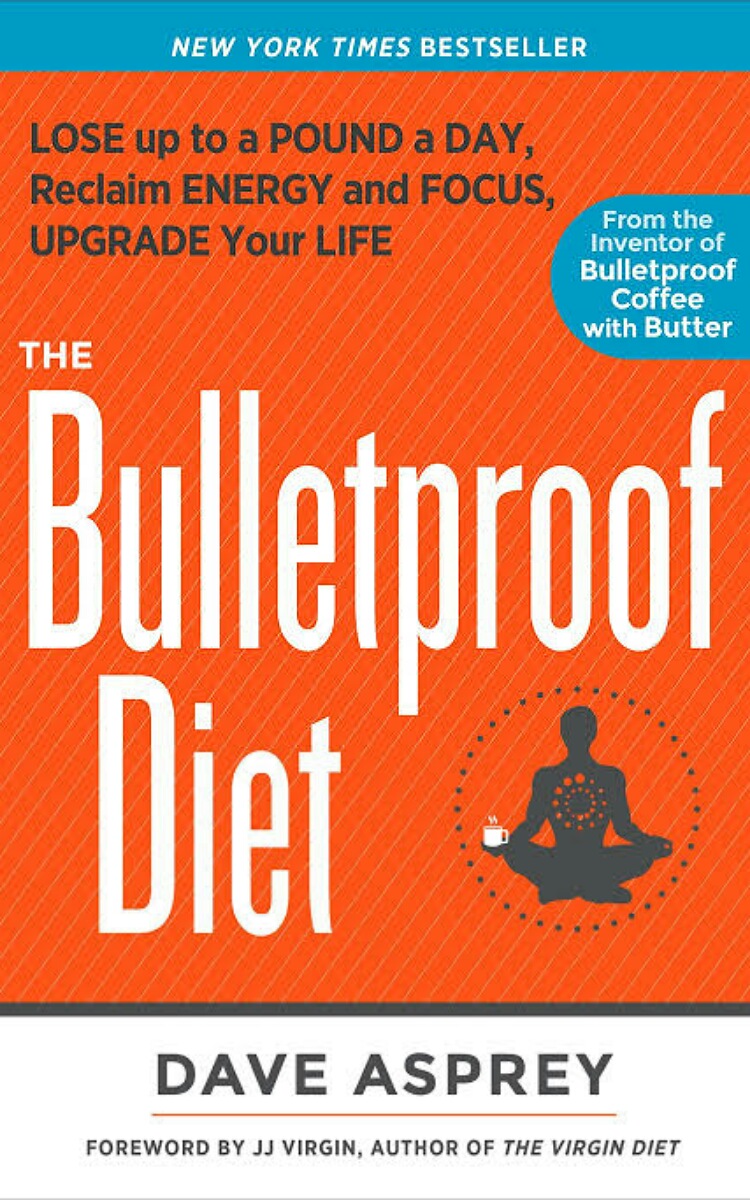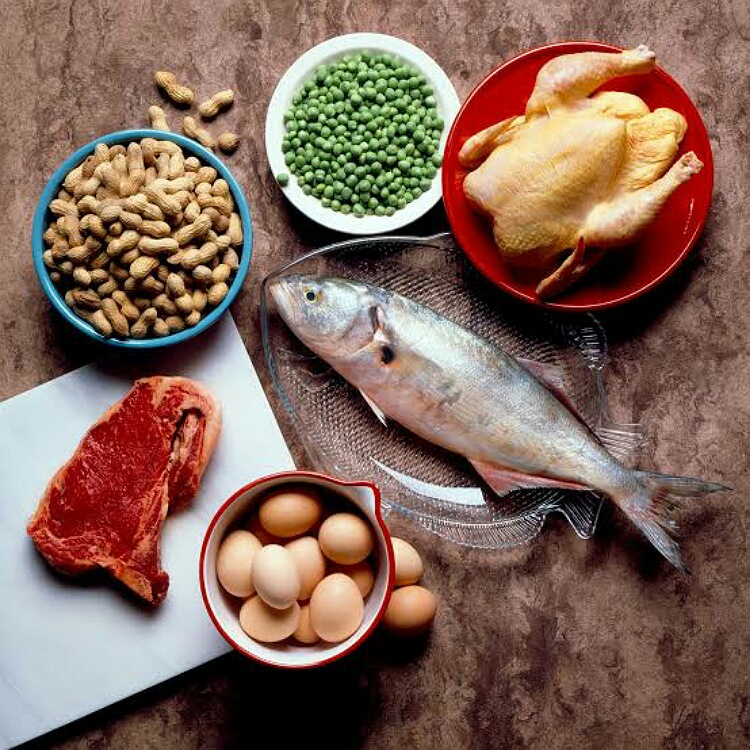Bulletproof diet! Yes, this is a latest diet for weight loss. It promises a weight loss of one pound per day! Is it possible? And most importantly, is such a diet safe for the body?
What is a Bulletproof diet?
A bulletproof diet is a fad diet that came into existence in 2014. It is quick approach for weight loss. It is gaining popularity and promises a weight loss of around a pound per day!
This diet has certain similarities with the keto diet and the Atkins diet. The latter two are high protein and high fat diets. The main difference lies in the fact that the bulletproof diet is more severe and restrictive.

It asks its follower to refrain from eating most grains, beans, and also proteins like turkey, chicken, and most of the fish. Ruth Lahmayer Chipps, a dietitian with Lahmayer & Associates in southern Minnesota says this about this diet:
“It is common for people to be enticed by the latest quick-fixes for weight loss,”
“What we know is that there are no easy answers for losing weight and most importantly, sustaining the weight loss. It takes a healthy lifestyle, balancing food intake with activity, to maintain a healthy weight.”
The technology entrepreneur David Asprey developed this diet. He weighed 300 pound in his mid-20s and lost considerable weight with this diet. The plus points of this diet is that one need not count calories or weigh foods. It boosts energy and will power and improves cognitive function. It boosts immunity and increases nutrient stores of the body.
Components of this diet
In this, the user substitutes breakfast with bulletproof coffee. This coffee has grass-fed unsalted butter and MCT (medium-chain triglyceride oil, usually coconut oil. It improves mental focus and keeps the drinker full of energy for a longer time.
In this, stress is on high fat diet for 5 or 6 days in a week followed by 1 or 2 days of high carb diet. The latter is coupled with high intensity exercise regime. There is also intermittent fasting in this diet. This burns body fats to lose weight.

This diet limits foods that can worsen inflammation such as sodas, alcohol, fried foods, and processed meats. Foods are grouped into three zones: Green foods can be eaten anytime, yellow foods are to be limited and red foods are toxic and are to be avoided. One cannot broil, barbeque, stir-fry or microwave meat.
Corn, rice, soy milk, beans, raw kale, raw spinach, raisins, cheese and honeydew are in red zone. Chicken, turkey, butternut, winter squash, carrots, hummus, eggs, and peanuts are in yellow zone. Fruits, nuts, seeds, legumes, oils, fats, vegetables, and proteins are in green zone.
Controversies of this diet
This diet is very restrictive. Roxana Ehsani, dietitian from Miami says:
“Carbohydrates get a bad rap,”
“They (carbohydrates) are an essential food group to consume that are rich in vitamins, minerals, dietary fiber and antioxidants – and found in some of our healthiest foods like fruits, vegetables, whole grains, beans, lentils and in some dairy products like milk and yogurt.”
Ruth says:
“A healthy eating program includes a balance of food groups and should not restrict or condemn individual foods,”

About coffee in the morning, Roxana adds:
“You might get a spike from the caffeine, but not giving yourself carbohydrates or a source of protein won’t leave you satisfied for long and isn’t feeding your brain.”
The diet is expensive because the user has to buy branded products. Also, the user has to eat costly organic foods. It promises miracle and that should ring the alarm bell. Besides, gradual weight loss is fat weight loss whereas quick weight loss is just short term water weight loss. It has no scientific backing and could be risky in some people.
Read here: Fad diets: Tips to differentiate good vs bad diets
Roxana advises:
“If you are looking for help in choosing the best diet for your individual needs, work with a nutrition expert who will help you find a healthy balanced diet that fits your unique health needs and wellness goals.”